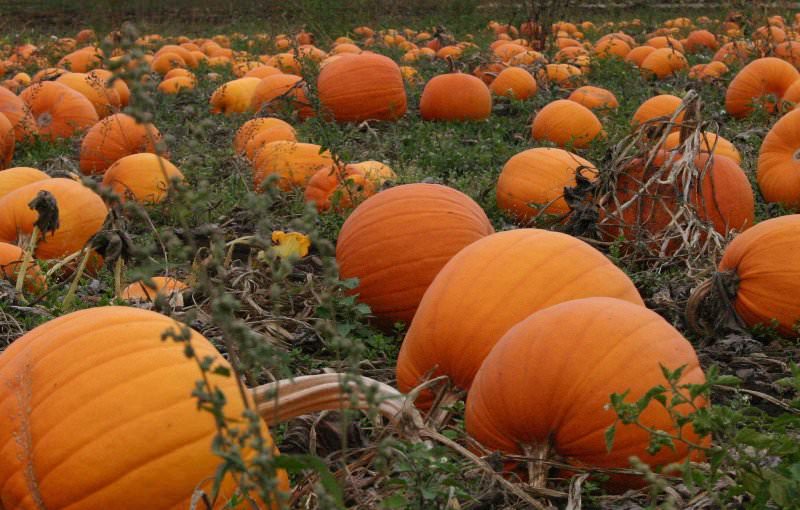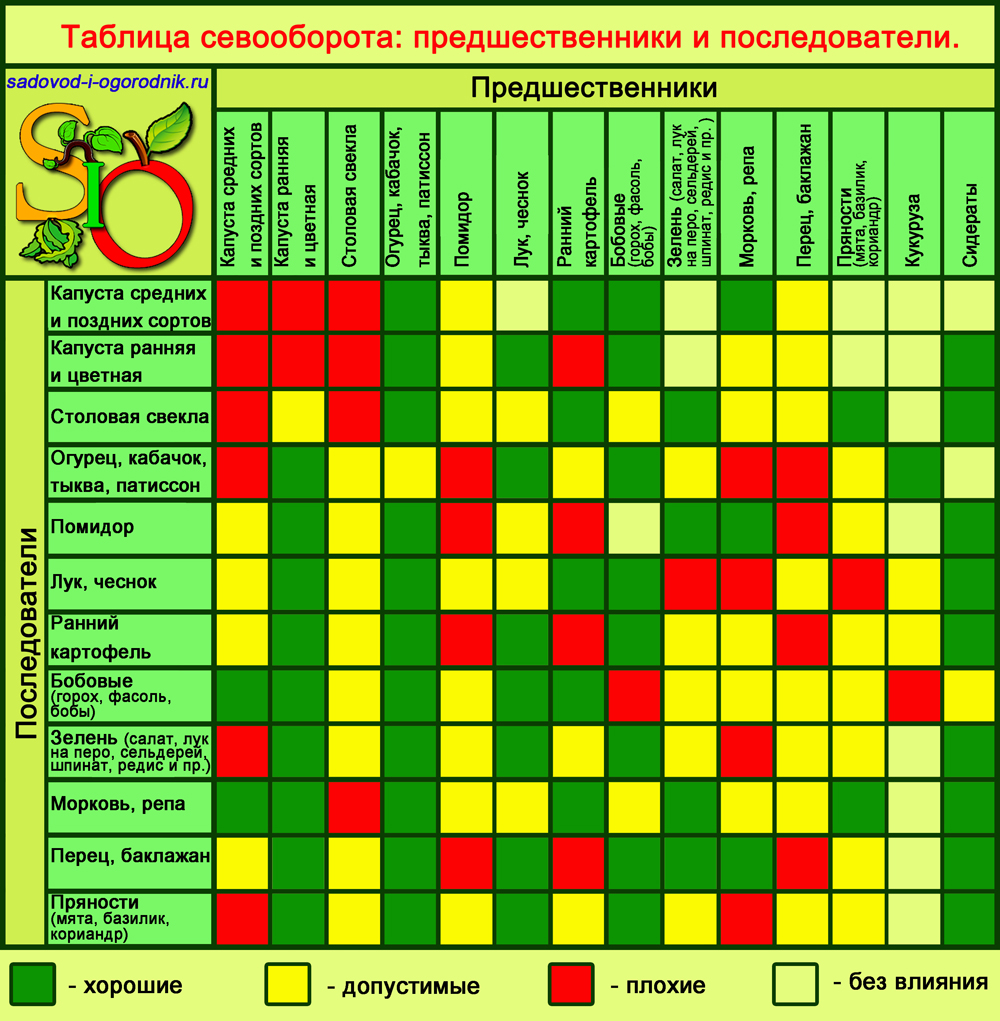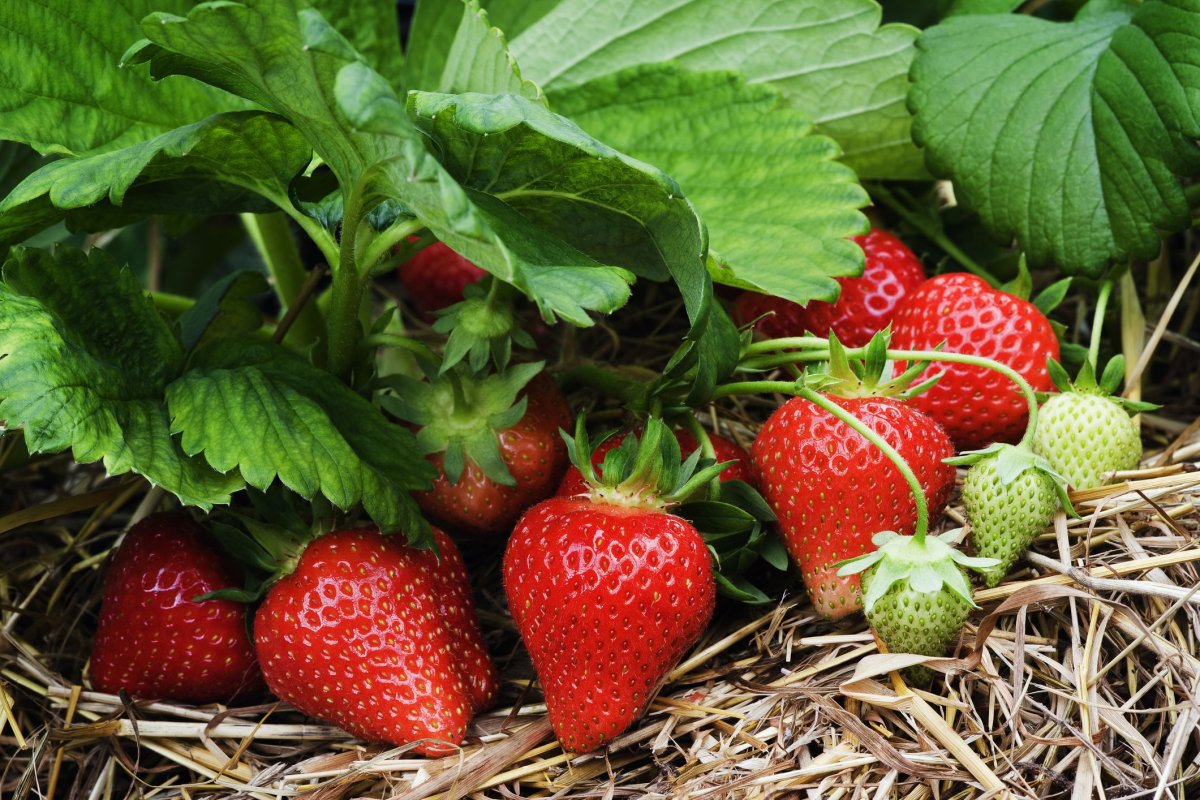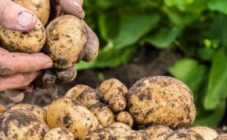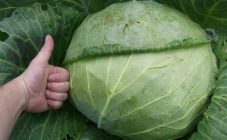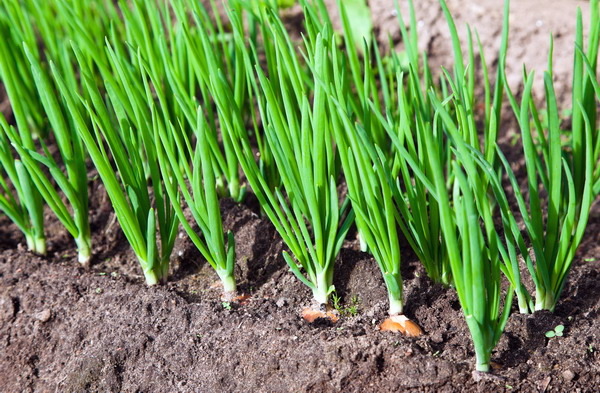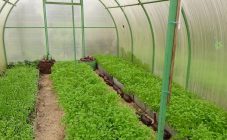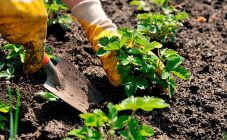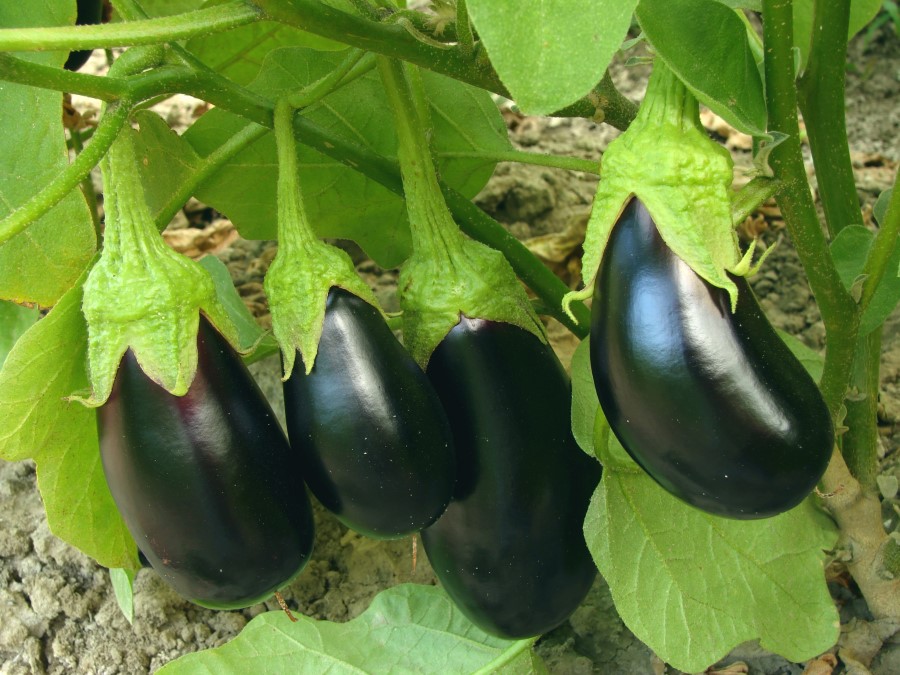Content:
The location of plants in the suburban area annually worries zealous gardeners who are engaged in the preliminary planning of planting crops. Such close attention to competent placement is primarily due to the fact that this significantly affects the quantity and quality of the future harvest.
Usually the soil tends to deplete if the same vegetable crops are grown for a long time in the same place. They need to be replaced periodically. In addition, after harvesting the grown vegetables, some substances remain from this crop that may have properties unacceptable for other plants.
The best solution, especially for a novice summer resident, would not be to experiment with possible replacements himself, but to use the long-known experience in the agricultural field.
This article will tell only about one vegetable that everyone knows and loves - a pumpkin, namely what to plant after the pumpkin for the next year.
Growing pumpkin
The process of growing pumpkin outdoors is not too difficult. It can be grown both by seeds and seedlings.
Pumpkin is a plant that is classified as light-loving crops, therefore, a site for planting it is chosen with access to sunlight for at least 6 hours a day. But culture can also tolerate light shade.
Pumpkin can grow on almost any land, but it would be preferable to plant it in a soil that contains a sufficient amount of humus. To do this, compost is added to the soil before sowing.
Soil after pumpkin
The roots of the pumpkin leave behind loose soil, with a rather wide strip. After harvesting it, pathogenic microbes, as a rule, do not remain, and pumpkin is also not capable of releasing toxic substances. After it, the risk of infection and attacks of pests of future crops is minimized, but this is in the case of good and proper care of the pumpkin.
Planting rules for annual crops
The rotation of open field crops is a very important process; a large number of factors must be taken into account when crop rotation. It is worth paying attention to what kind of nutrition the plant needs, to which plant family it belongs, how much the soil is cleared of various pests.
For a gardener, as practice has shown, it is best to rely on the data given in a special crop rotation table, which shows the desired followers and predecessors of vegetable crops. When working with the table, do not forget that each plant can return to its starting point after 3 or 4 seasons. So what can you plant after pumpkin and squash next year?
What to plant after pumpkin
In the place where the pumpkin was, you can subsequently grow:
- The pumpkin fertilized the ground very well; after its presence, the beds need to be loosened less. These conditions are perfect for bell peppers;
- Such prepared soil will also appeal to eggplant;
- Tomatoes are planted immediately in the place where the pumpkin only recently grew, if, of course, this is a region in which tomatoes can do without a greenhouse;
- Beets feel very good after pumpkin, however, they are by no means planted twice on the same beds.Substances released by beets can adversely affect the following beet fruits. Quite the opposite is the case with pumpkin, it is simply magnificent predecessor for beets;
- Spinach, as well as parsley - these green crops will freely settle on the ground after pumpkin;
- Heads of onions and garlic grow very well in such a soil full of the substances they need;
- Planting corn after a pumpkin is also a very good solution;
- Such soil is also not bad for cabbage. In order for good heads of cabbage to start, there are enough nutrients in the soil after pumpkin planting.
After this information, it becomes obvious what to plant after the pumpkin, but there is one condition. Still, such a rich in nutrients and rather loose soil after a pumpkin after harvesting should be fertilized with organic fertilizers. The fact is that the pumpkin root system can make the soil substrate poorer.
Bad pumpkin followers
After the pumpkin, what can you plant and what is still not worth it?
You should not plant strawberries after the pumpkin, since the composition of the soil for the berries will be too poor. If you still try to plant strawberries in the place of a pumpkin, for example, in the absence of another territory in a small area, then this should be done only after the soil has been very abundantly fertilized. Subsequently, it will be necessary to make periodic top dressing, and in order for the process of soil restoration to go faster, green manure is used.
The situation is approximately the same with planting cucumbers after pumpkin. If possible, it is better not to do this, but when there is no room, as is the case with strawberries, the following actions should be taken:
- When the entire pumpkin crop is harvested, the beds are immediately fed with organic fertilizers. This can be compost, humus, or manure;
- In the fall, the former pumpkin beds must be dug into the depth with a shovel bayonet. This is necessary to defeat the remaining pests;
- The prevention of the beds, consisting in antibacterial treatment, will also help.
Cucumbers with pumpkin both belong to the same family, this is not widely known, and a novice summer resident, for obvious reasons, may not know this. Moreover, their appearance is significantly different.
From the lists above, it becomes clear what can be planted after pumpkin and zucchini for the next year.
Tips for gardeners
It is necessary to alternate cultures, because at your summer cottage you can get:
- Many different pests and pathogens accumulate in the ground. Competent organization of crop rotation on the site reduces their impact on the subsequent crop to a low indicator;
- The consumption of essential nutrients from the soil for crops is significantly improved;
- The applied fertilizers, organic and mineral types, are used rationally, taking into account their effect on different plants;
- Substances that are secreted by the roots of different plants have much less negative impact on the subsequent culture.
The correctness of the construction of the crop rotation of vegetable crops can be controlled by dividing the plot for a vegetable garden, in a conventional sense, into several so-called zones. There can be three or four of them, at will or convenience.
The crops that are supposed to be planted must be placed on the beds in groups that need different types of fertilizers applied. For example, vegetables are planted with the need for organic fertilizers, this is group 1.Vegetables are planted in another place, which need mineral fertilizers more, and so on.
By applying the recommendations above, directly at your summer cottage, you can see that there is nothing too complicated in them, and even a novice gardener can understand what to plant right after the pumpkin. Following these simple rules will enable summer residents to get a decent harvest after seasonal work in their garden.

